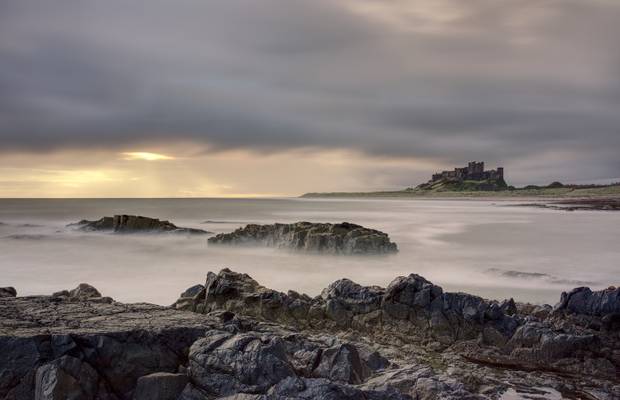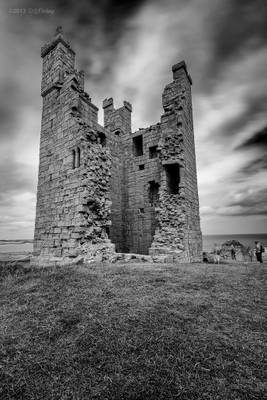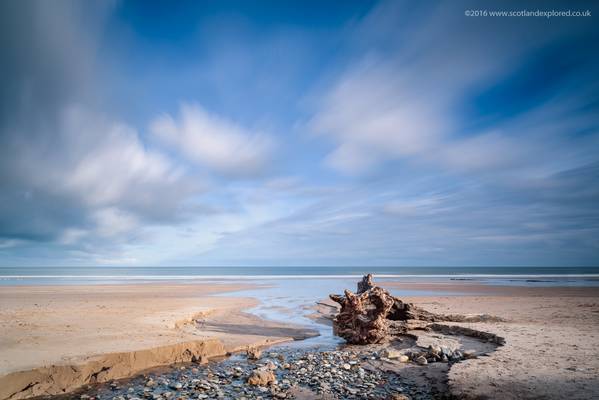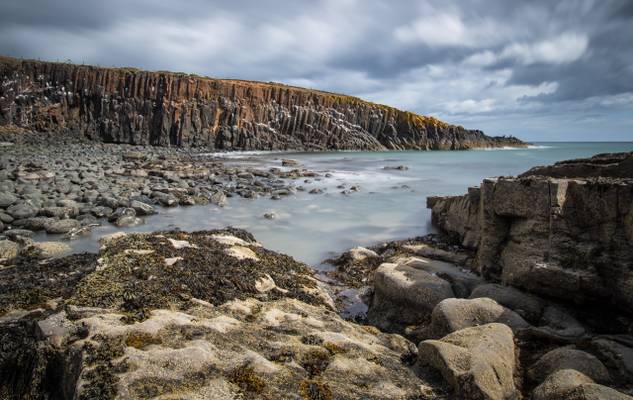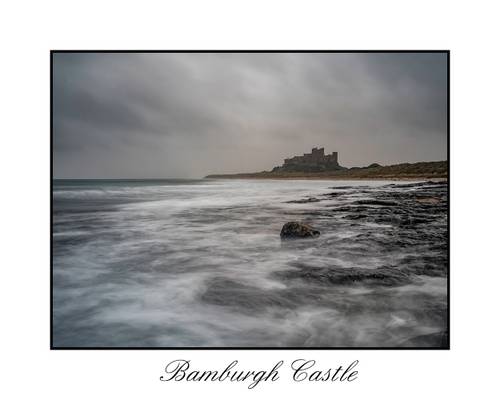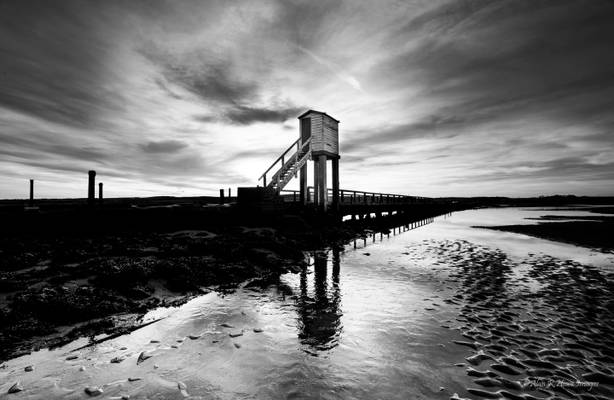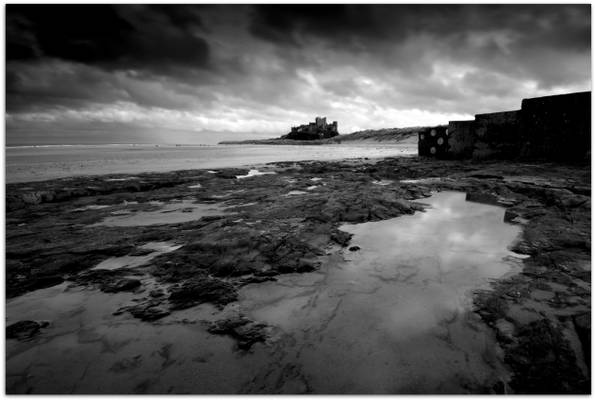
Northumberland Coast AONB

by Quentin 'Q' Thompson
DSC00623-ed1-ds

by Quentin 'Q' Thompson
DSC00628-ed2-ds
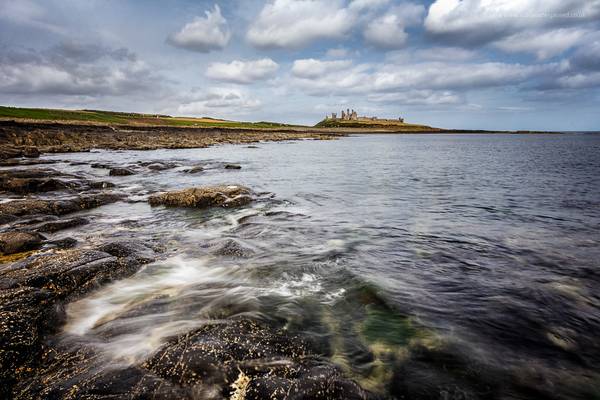
by Dee Eff
An old pic I haven't posted before. Currently sidelined and been off work due to Tendonitis in my foot, I took the "opportunity" to investigate Luminosity Masks. It's been a steep learning curve as I usually use Lightroom alone to process my pics but I've had to start at the beginning again with Photoshop to learn how to use luminosity masks. So here's a first attempt at processing with Luminosity masks and Photoshop from start to finish...
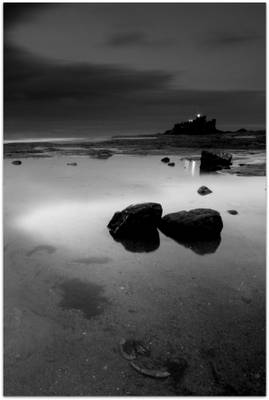
by Quentin 'Q' Thompson
DSC00668-ed2-ds
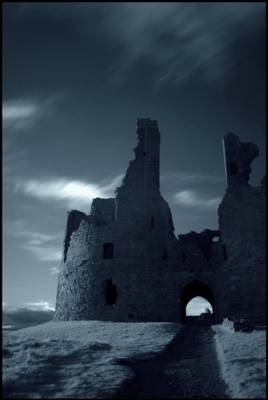
by Quentin 'Q' Thompson
_DSC4315-ed2-bb
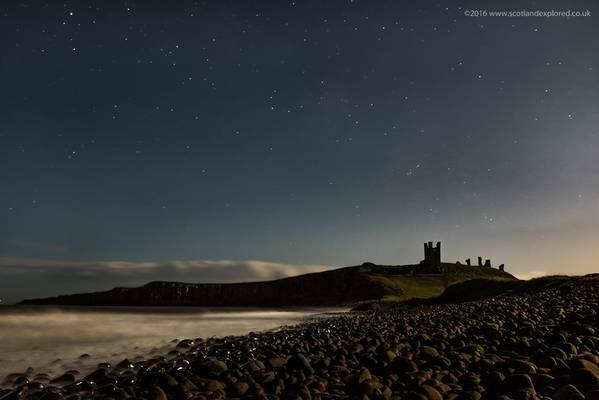
by Dee Eff
Another attempt at night photography on the recent visit to Dunstanburgh

by Dee Eff
Dunstanburgh Castle lies on a headland on the coast of Northumberland in northern England, between the villages of Craster and Embleton.
The castle is the largest in Northumberland[1] and the site shows traces of much earlier occupation before the erection of the castle was started in 1313 by the Earl of Lancaster. Recent evidence suggests that the site of the castle was occupied in prehistoric times: however, the principal remains date from the 14th century.[3] In 1313, Earl Thomas of Lancaster, cousin of Edward II of England, began construction of a massive fortress. By the time of his execution in 1322, the castle was substantially complete. John of Gaunt improved the castle in the late 14th century as the Duke of Lancaster.
The castle did not play a significant part in the border warfare against Scotland. In the Wars of the Roses the castle was held for the Lancastrians in 1462 and 1464. The damage done was not made good and the castle fell steadily into decay. A report in 1538 mentioned it as being a "very reuynus howsse and of smalle strength" and another source in 1550 described it as in "wonderfull great decaye". It continued to deteriorate and was robbed of stone for the building of other places in the area. The last private owner Sir Arthur Sutherland donated the castle to the Ministry of Works in 1929. The castle is now owned by the National Trust and in the care of English Heritage. It is a Scheduled Ancient Monument and a Grade I listed building. It lies within the Northumberland Coast Area of Outstanding Natural Beauty.
Turner painted Dunstanburgh many times, usually rising at dawn to do so. One of his oil paintings of the subject is in the Dunedin Public Art Gallery. Another is in the National Gallery of Victoria.

by AlanHowe
Walking the Pilgrim's Way to Holy Island
Ever since 635, when King Oswald gave the Holy Island of Lindisfarne to St Aidan to establish his monastery, the island has been a place of pilgrimage. The road was not constructed until 1954 and until then the vertical poles were the only indicators of the safe route between the mainland and island. The sight of the poles stretching across the sand and mud is one of the most iconic views in Northumberland and to walk the route away from the road and follow in the footsteps of our medieval ancestors is a wonderful experience.
Walking across the Pilgrim's route onto Holy Island is a very different walking experience and unlike any other country walk in Northumberland.
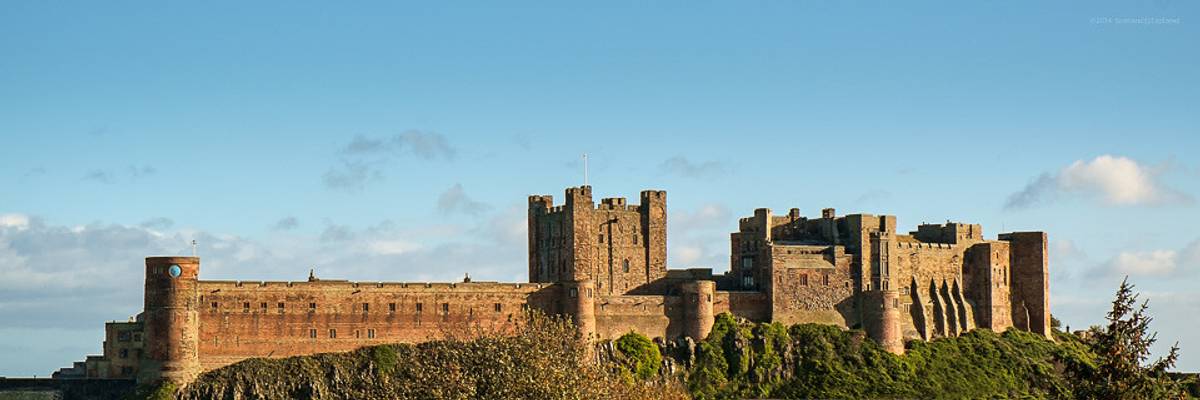
by Dee Eff
Bamburgh Castle, taken from hotel window
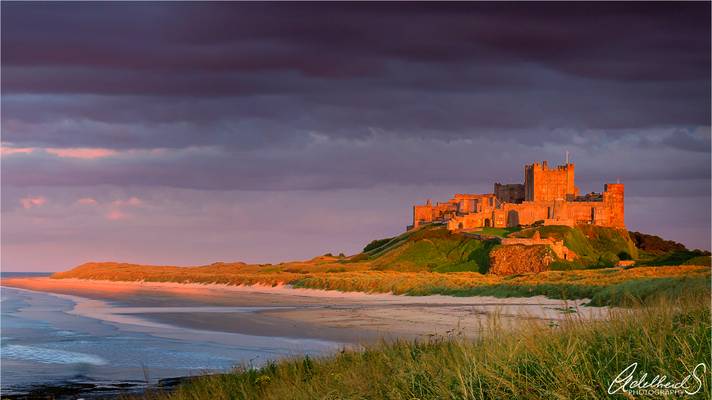
by Adelheid Smitt
I still have some older photos that I want to post, and this is one of them. This was just a beautiful golden hour in North East England with the sun lighting up Bamburgh Castle in red whilst dark clouds were moving in from the other side. With my present full frame camera I probably could have gotten a better shot, but it is still one of my favourites from that particular British trip.
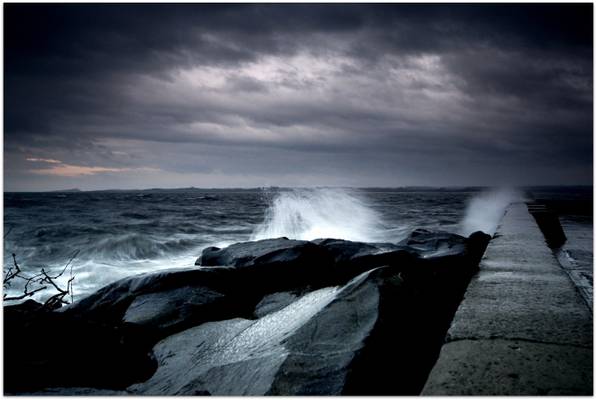
by Quentin 'Q' Thompson
DSC00726-ed2-ds
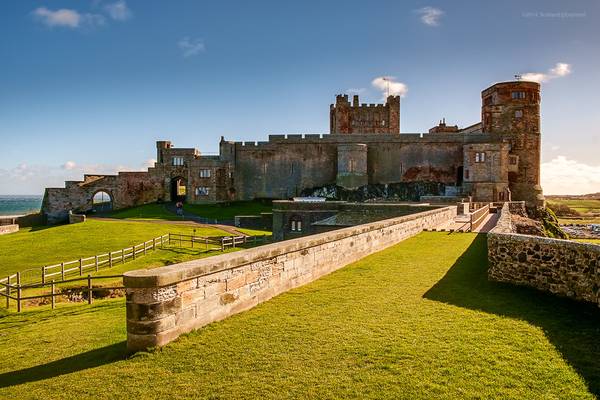
by Dee Eff
Inside the grounds of Bamburgh Castle
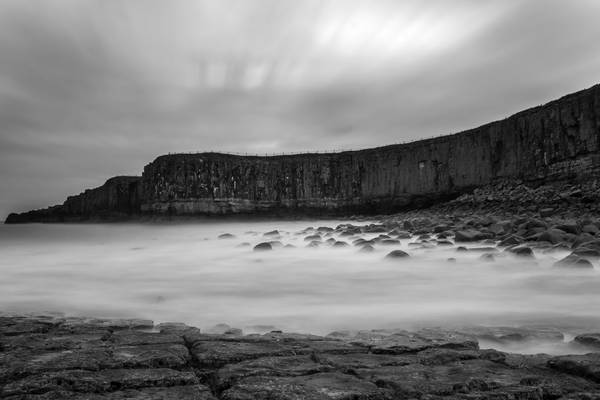
Had a recce up at Embleton Bay a couple of weeks ago. The light was useless so had a go at a few moody monos.
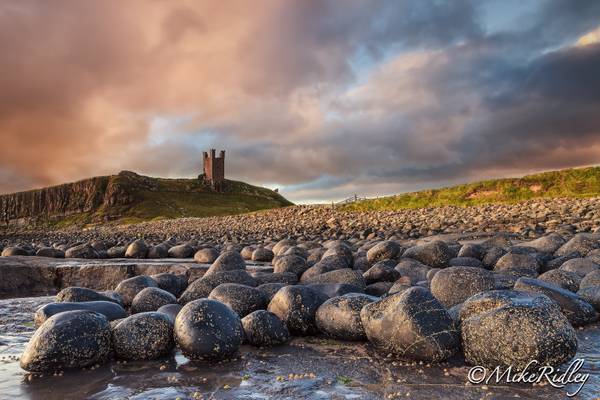
The unique boulder field on the beach next to Dunstanburgh castle is a favourite spot for photographers. This shot was taken at dawn a few months ago...
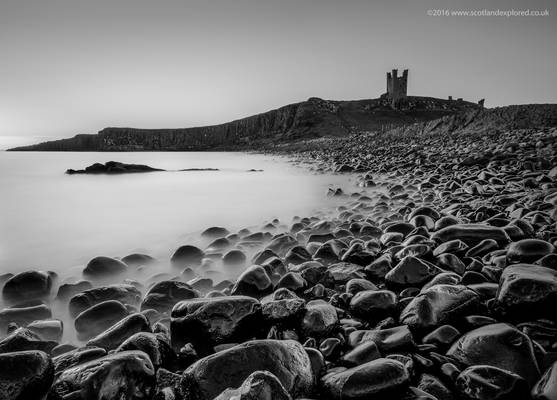
by Dee Eff
The cloud didn't hang around for long on Sunday morning so decided to convert this LE into Black and White, makes a big transformation from the colour version.
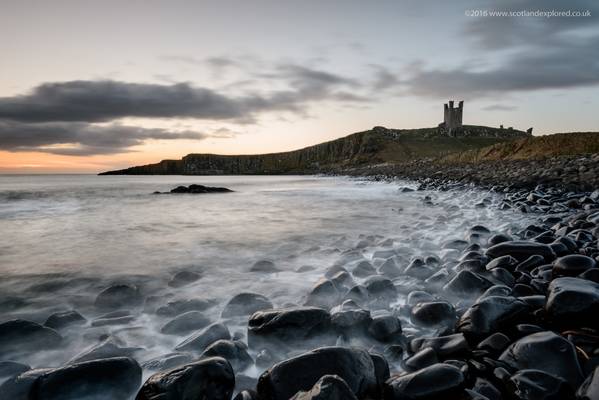
by Dee Eff
The best sunrise I've had at Dunstanburgh so far, usually greeted by blanket of grey cloud so this little bit of colour whle not great is a welcome change.
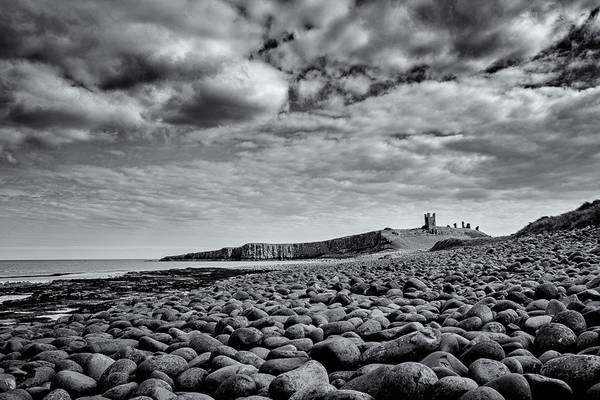
by Dee Eff
Had a wee trip round a couple of spots in Northumberland. This is the spot sunrise is usually shot at
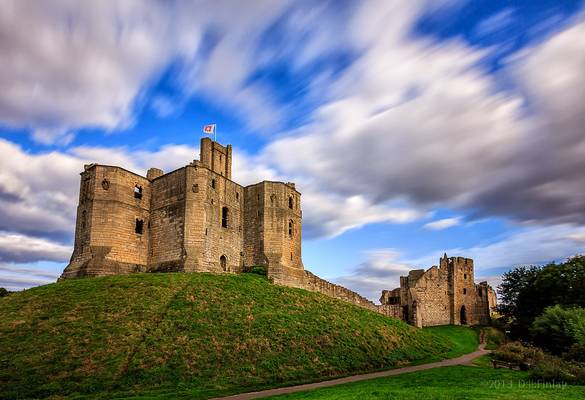
by Dee Eff
Warkworth Castle is a ruined medieval building in the town of the same name in the English county of Northumberland. The town and castle occupy a loop of the River Coquet, less than a mile from England's north-east coast. When the castle was founded is uncertain: traditionally its construction has been ascribed to Prince Henry of Scotland in the mid-12th century, but it may have been built by King Henry II of England when he took control of England's northern counties. Warkworth Castle was first documented in a charter of 1157–1164 when Henry II granted it to Roger fitz Richard. The timber castle was considered "feeble", and was left undefended when the Scots invaded in 1173.
Roger's son Robert inherited and improved the castle. Robert was a favourite of King John, and hosted him at Warkworth Castle in 1213. The castle remained in the family line, with periods of guardianship when heirs were too young to control their estates. King Edward I stayed overnight in 1292 and John de Clavering, descendant of Roger fitz Richard, made the Crown his inheritor. With the outbreak of the Anglo-Scottish Wars, Edward II invested in castles including Warkworth where he funded the strengthening of the garrison in 1319. Twice in 1327 the Scots besieged the castle without success.
John de Clavering died in 1332 and his widow in 1345, at which point Henry de Percy, 2nd Baron Percy, took control of Warkworth Castle, having been promised Clavering's property by Edward III. Henry Percy, 1st Earl of Northumberland, added the imposing keep overlooking the village of Warkworth in the late 14th century. The fourth earl remodelled the buildings in the bailey and began the construction of a collegiate church within the castle, but work on the latter was abandoned after his death. Though Algernon Percy, 10th Earl of Northumberland, supported Parliament during the English Civil War, the castle was damaged during the conflict. The last Percy earl died in 1670. In the mid-18th century the castle found its way into the hands of Hugh Smithson, who married the indirect Percy heiress. He adopted the name "Percy" and founded the dynasty of the Dukes of Northumberland, through whom possession of the castle descended.
In the late 19th century, the dukes refurbished Warkworth Castle and Anthony Salvin was commissioned to restore the keep. Alan Percy, 8th Duke of Northumberland, gave custody of the castle to the Office of Works in 1922. Since 1984 English Heritage has cared for the site, which is a Grade I listed building and a Scheduled Ancient Monument.
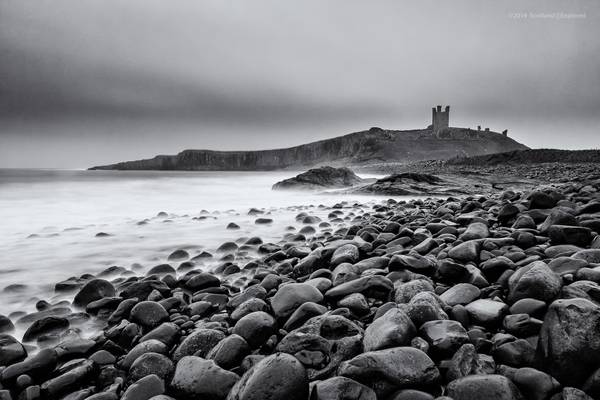
by Dee Eff
Except the sun did not get the memo and never made it!
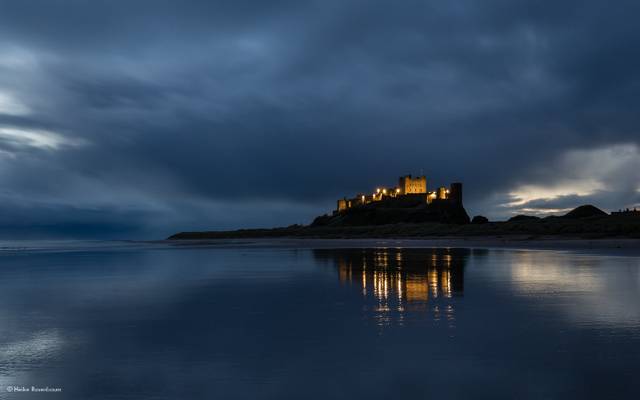
by Heike Rosenbaum
Lights from the iconic Bamburgh Castle reflecting in the water
Bamburgh Beach, Northumberland
Many thanks for your views and comments. They are very much appreciated.
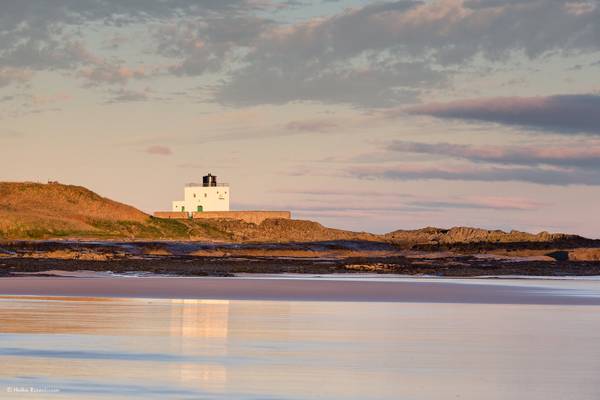
by Heike Rosenbaum
For me the beautiful Bamburgh Lighthouse has a face! It was built by Trinity House in 1910 to guide shipping along the Northumberland coast and in the waters around the Farne Islands.
Bamburgh Beach, Northumberland
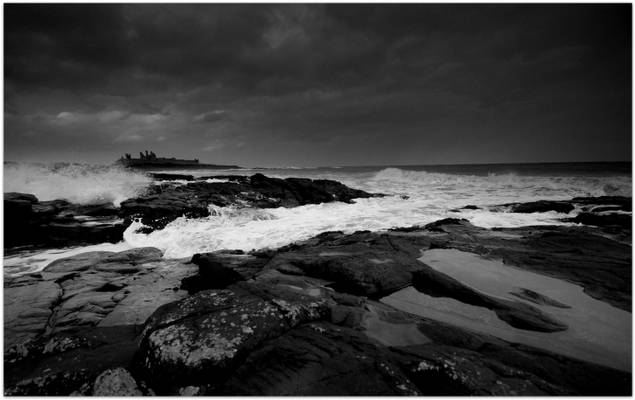
by Quentin 'Q' Thompson
DSC00173-ed1-cl-ds
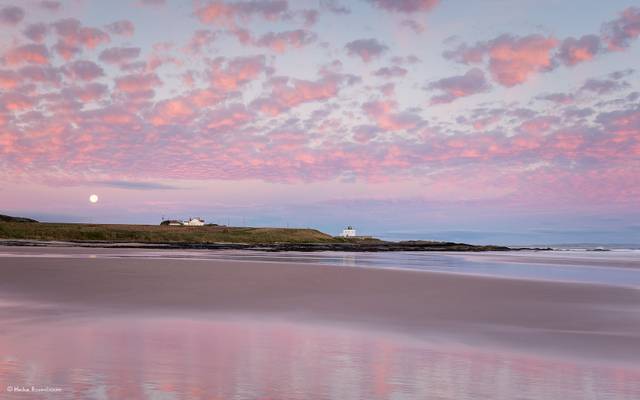
by Heike Rosenbaum
Early morning at Bamburgh beach - fluffy pink clouds, a (full) moon set, and reflections of the clouds in the wet sand. The colours were almost unreal but this is what nature offered me.
Bamburgh Beach, Northumberland
Thank you so much for your visits and comments!

by Pete Rowbottom
The Northumberland coastline is a landscape photographers paradise and this remote spot is no exception.
Rumbling Kern, a precarious bit of rocky coastline jutting out into the North Sea, you could spend an age here and come up with something different each time, such is the vastness of the rock formation and patterns, the hardest parts are spotting something you want to shoot and then trying to get to it without going flying on seaweed or falling down crevices in the rocks.
This spot looked like it had potential and took a good while to get out to safely, this took quite a while to set up as the tripod had to be balanced either side of the gap between the 2 rock faces and I was stood on a tiny bit of rock that stretched between the 2 as well, with all my stuff laid out on either side, balancing legs between the rock faces while trying to compose the shot and put filters on, while keeping an eye on the tide that was on it's way back in... not an easy proposition.
Decided on a portrait format image here with the 16-35mm lens, I could have gone slightly wider but that would have meant using really clumbersome filters and there was hardly any room to move about at all so the location dictated the set up for me.
This was the result, I was really drawn to the rock textures and the deep gully leading into the ocean with the colourful seaweed clinging to the rocks, the sea made a fantastic noise as it rushed into this narrow channel and splashed up at the rear of me. As soon as this one was in the bag it was back to the shoreline before the sea cut this rocky section off, definitely a place I'll come back to again and again.
Have a zoom in and have a look around.
ISO100 | f/14 | 16mm | 81 seconds

by Heike Rosenbaum
What a heavenly light this was! I was on my way to Lindisfarne Castle but stopped the car on the causeway road when I saw these intense magenta, pink and orange hues. The stillness of this place was magical.
"Alone in that country where poems are born in the stillness of things... Purple is the colour of the world and the day becomes a stretch of open water freckled by rain, depthless and pure. Alive. Ready for the challenge of being." (Richard Wagamese)
Holy Island is a tidal island and can only be accessed twice a day via a causeway road.
Holy Island, Northumberland, North-East England
Thank you for all your views and comments. They are very much appreciated.
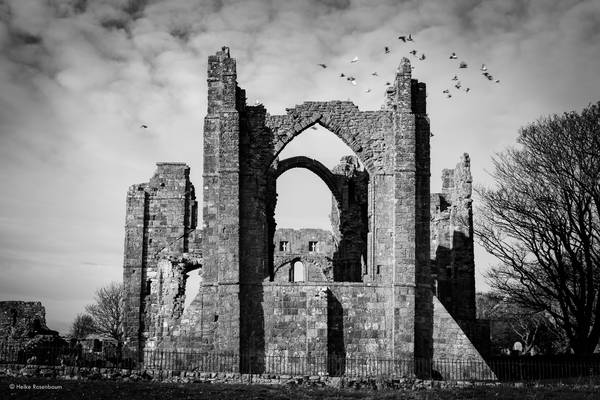
by Heike Rosenbaum
Lindisfarne Priory on Holy Island was one of the most important centres of early Christianity in Anglo-Saxon England. It is still a place of pilgrimage today, the dramatic approach across the causeway adding to the fascination of the site (English Heritage)
Holy Island, Northumberland
Thank you for your views, faves and comments. They are much appreciated.
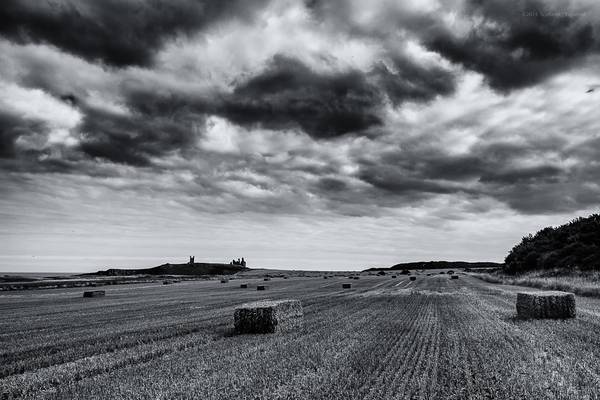
by Dee Eff
Had a wee trip round a couple of spots in Northumberland. Approaching Dunstanburgh Castle from the Embleton end
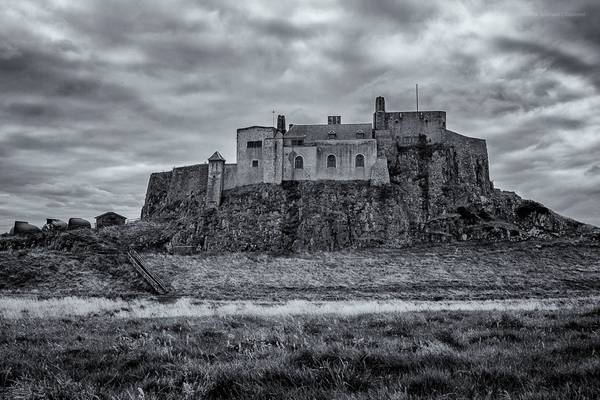
by Dee Eff
Had a wee trip round a couple of spots in Northumberland. Finally visited Lindisfarne, shame the conditions weren't that great, just had to make the best of it tho!

A shot of I took of Dunstanburgh Castle a while back but never really liked! the clear sky just didn't quite work!! playing with photoshop I added...

Upturned hulls of boats are converted to makeshift sheds on Holy Island off Northumberland. Lindesfarne Castle watches over all who enter the harbour.
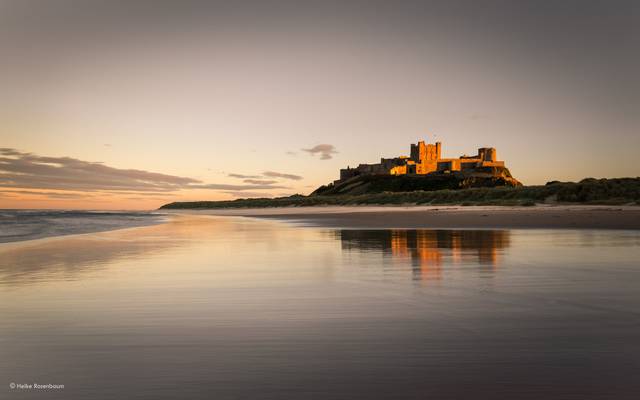
by Heike Rosenbaum
The setting sun created a warm orange light on the iconic castle.
Bamburgh beach, Northumberland
Thanks a lot for your visits, comments and faves.
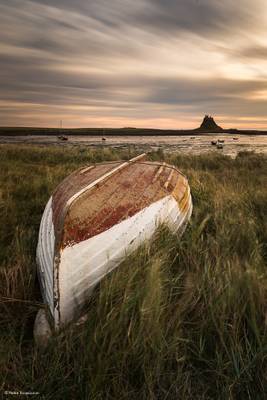
by Heike Rosenbaum
Captured at Lindisfarne harbour with Lindisfarne castle in the background
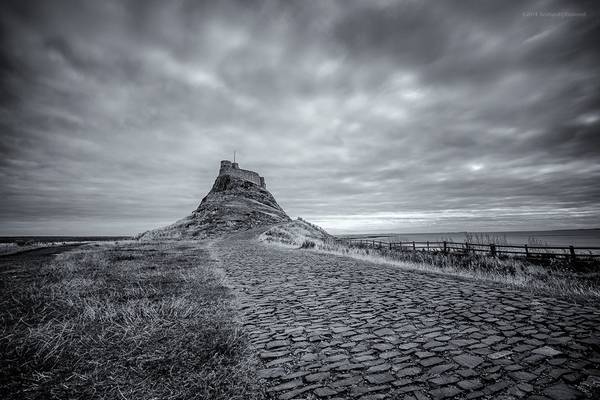
by Dee Eff
Had a wee trip round a couple of spots in Northumberland Finally visited Lindisfarne, shame the conditions weren't that great, just had to make the best of it tho!
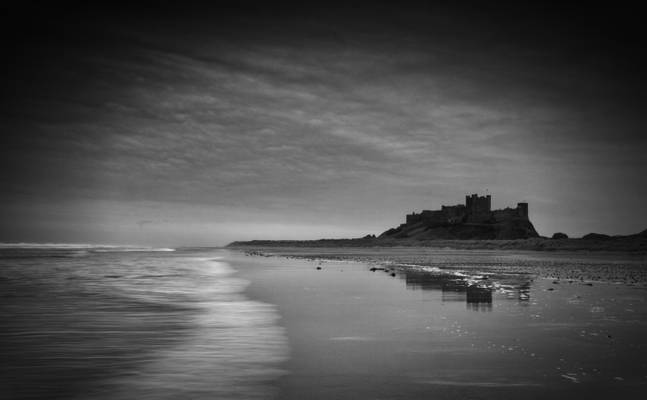
by Quentin 'Q' Thompson
Press "L" followed by F11 to view as intended....sDSC09600-ed3
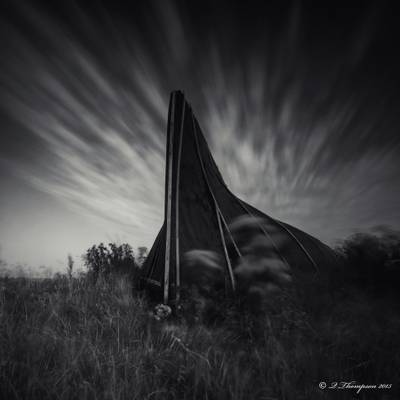
by Quentin 'Q' Thompson
sDSC04282-ed2
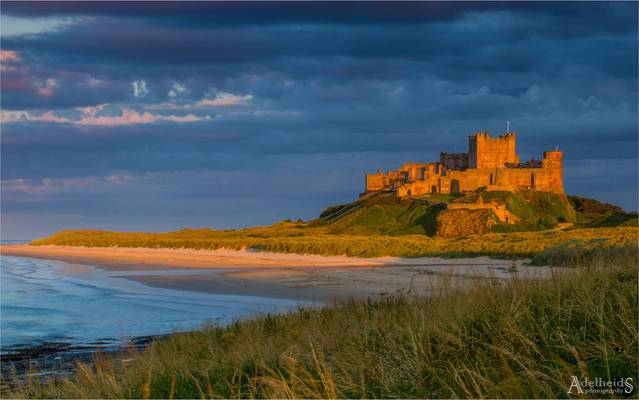
by Adelheid Smitt
I was lucky, I had just one evening on the Northumberland coast, and it turned out to be a beautiful sunset, followed by a beautiful blue hour.
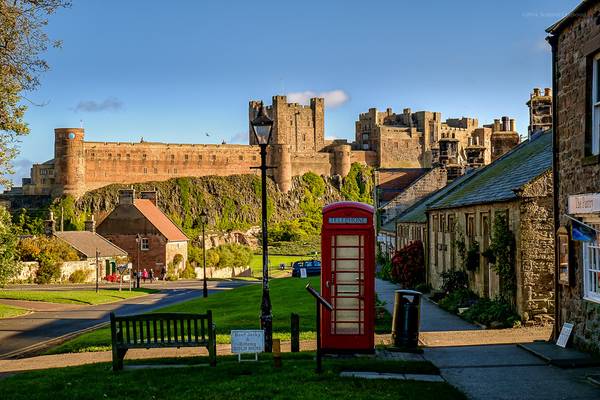
by Dee Eff
Than a picture of a castle and a red telephone box!
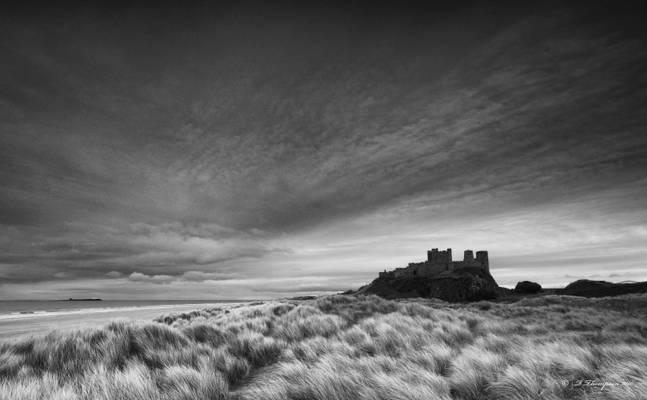
by Quentin 'Q' Thompson
sDSC05038-ed3 LPOY
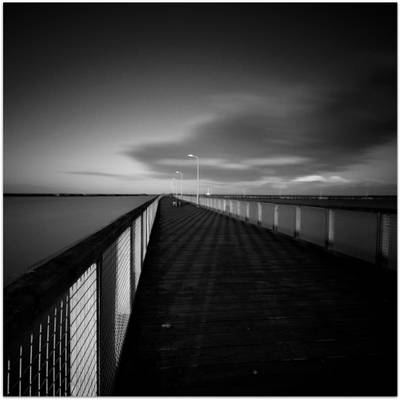
by Quentin 'Q' Thompson
DSC03448-ed2-bw-ds
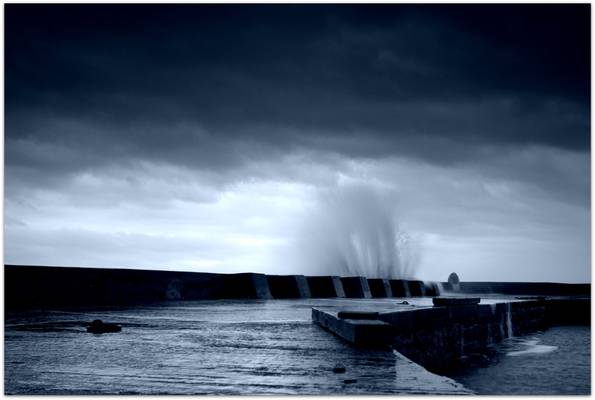
by Quentin 'Q' Thompson
DSC00708-ed1-ds
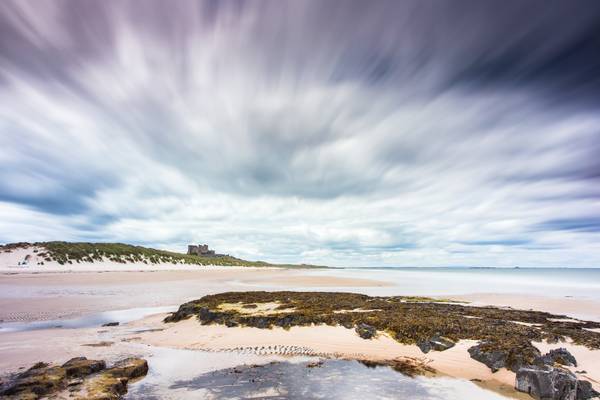
by Jakub Slováček
Bamburgh Castle is a castle on the northeast coast of England, by the village of Bamburgh in Northumberland.

by Dee Eff
Looking north from the ruins of Dunstanburgh Castle

by Heike Rosenbaum
Embleton Bay, Northumberland
Thank you for your visits and comments.
Thanks to all Phoide contributors to Northumberland Coast AONB!
Most notably Dee Eff, Heike Rosenbaum and Quentin 'Q' Thompson.
